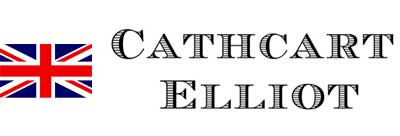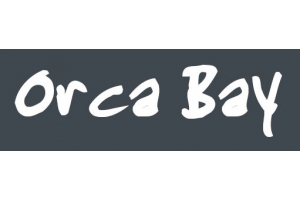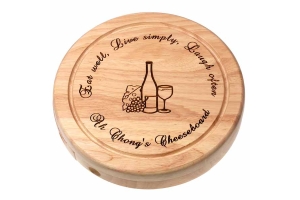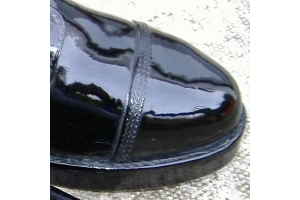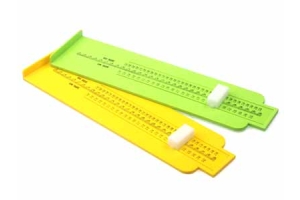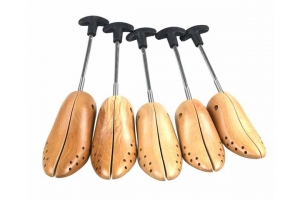Different methods of shoe construction inclusing goodyear welting, blake stitching and mocassins
There are several different methods of shoe construction, each with its own advantages and disadvantages. Here are some of the most common shoe construction methods:
Goodyear welting:
Goodyear welted shoes are often considered to be high-quality footwear and can be more expensive than other types of shoes due to the construction method and the materials used. Here are a few reasons why they tend to be more costly:
Labor-intensive production process: Goodyear welted shoes are made by stitching the upper, welt, and sole together using a strip of leather known as a "welt." This process requires skilled craftsmen who can perform the intricate stitching required for the construction. As a result, the production process is more labor-intensive and time-consuming, which can drive up the cost.
Durability and longevity: Goodyear welted shoes are built to last. The construction method provides a durable and sturdy base that can be re-soled multiple times, extending the life of the shoe. The use of high-quality materials like leather, cork, and brass nails also adds to the durability and longevity of the shoe, but these materials can be expensive.
Quality of materials: Goodyear welted shoes are typically made with high-quality materials that are selected for their durability, comfort, and appearance. This includes full-grain leather uppers, which are the highest quality and most durable type of leather. The linings, insoles, and midsoles are also often made with high-quality materials like cork, leather, and foam, which can increase the cost of the shoe.
Brand reputation: Some brands that make goodyear welted shoes have a reputation for quality and craftsmanship. These brands may charge more for their shoes because they are perceived to be of higher quality and more desirable.
Overall, the cost of goodyear welted shoes is a reflection of the quality materials, construction, and craftsmanship that goes into making them. While they may be more expensive than other types of shoes, they are often worth the investment due to their durability, longevity, and timeless style.
Cement construction:
This method involves using a strong adhesive to attach the sole directly to the upper. This method is less expensive and quicker than other methods, but may not be as durable or water-resistant.
Moccasin construction:
This is a traditional method of shoe construction that involves wrapping the upper leather around the foot and sewing it to the sole using a single seam. This method creates a soft and comfortable shoe that is ideal for casual wear. However, it may not be as durable or supportive as other methods.
Stitchdown construction:
This method involves stitching the upper directly to the midsole and outsole, creating a strong and durable shoe. This method is often used in work boots and other heavy-duty footwear.
Blake Stitching:
A Blake stitched shoe is a type of shoe construction method where the upper part of the shoe is attached directly to the sole using a single stitching seam. In this construction, the upper is wrapped around the insole and the outsole is then stitched directly to the insole and the upper from the bottom of the shoe.
Blake stitching is a popular shoe construction method for dress shoes and some casual shoes because it creates a sleek, low-profile look and can offer a greater degree of flexibility and comfort than other construction methods. However, Blake-stitched shoes are generally less water-resistant than shoes constructed using other methods, such as Goodyear welt or cement construction, which can be a disadvantage in wet weather. Additionally, Blake stitching can be more difficult to repair than other construction methods, as the sole must be removed entirely to access the stitching seam.
Each shoe construction method has its own advantages and disadvantages, and the choice of method will depend on the desired level of durability, comfort, style, and price point.
